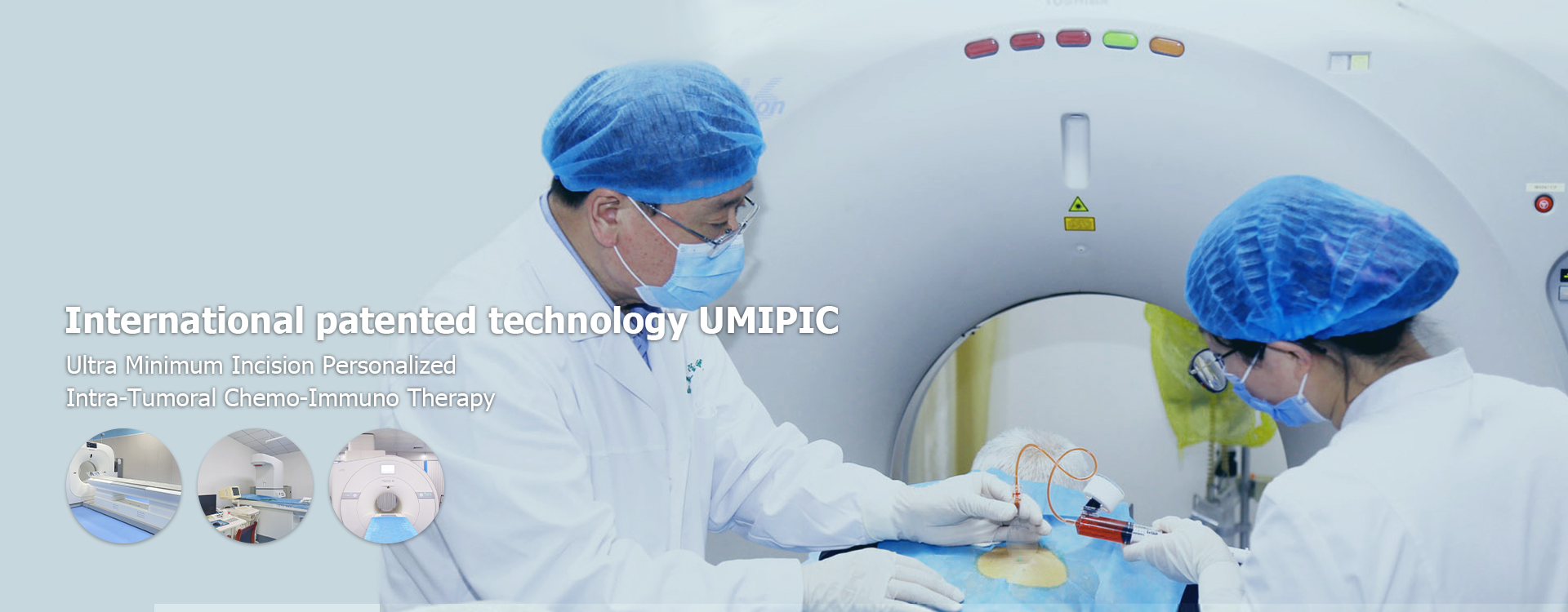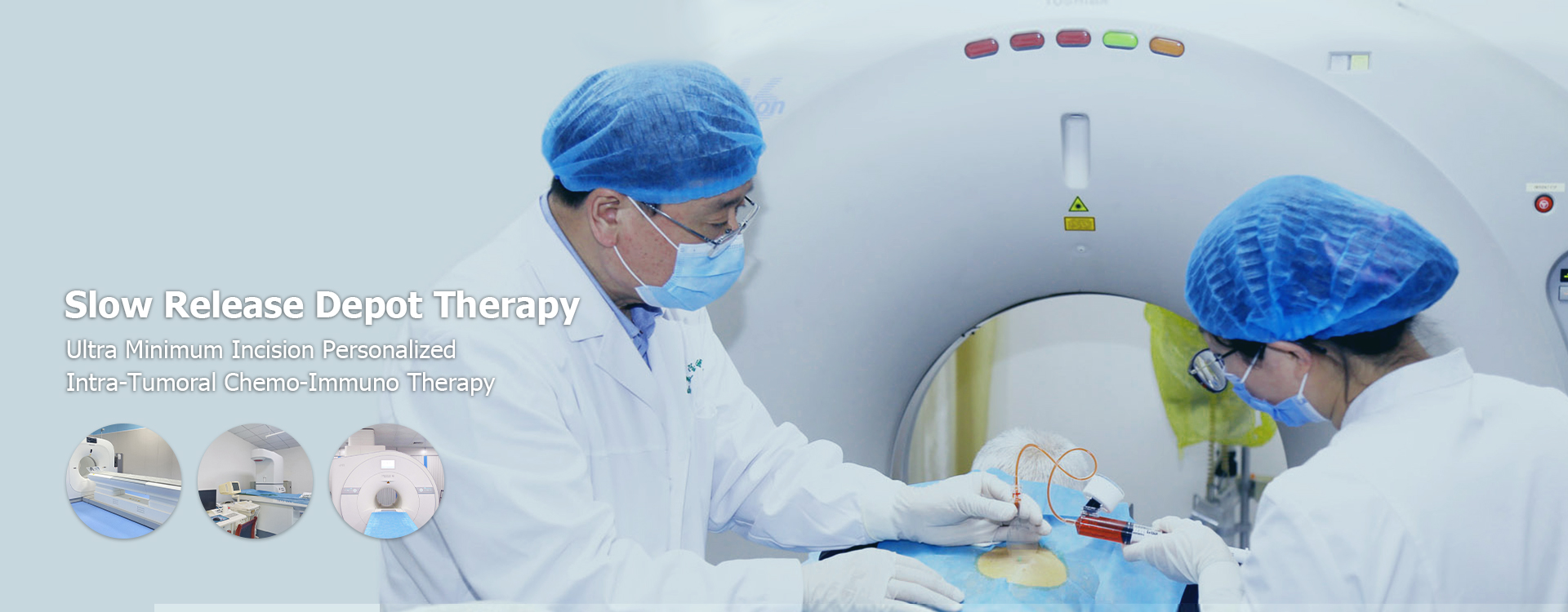
treatment pi rads 5 prostate cancer treatment
Treatment Options for Prostate Cancer with PI-RADS 5 ScoreThis article provides comprehensive information on treatment options for prostate cancer patients with a PI-RADS score of 5. It covers various treatment approaches, their benefits, risks, and considerations to help patients and their healthcare providers make informed decisions. We explore surgical options, radiation therapy, and other innovative treatments.
Treatment Options for Prostate Cancer with a PI-RADS 5 Score
A Prostate Imaging Reporting and Data System (PI-RADS) score of 5 indicates a high suspicion of prostate cancer. This necessitates a thorough evaluation and discussion of treatment options with your urologist or oncologist. The best course of action depends on several factors, including the patient's age, overall health, the extent of the cancer, and personal preferences. This article will explore the various treatment pi rads 5 prostate cancer treatment options available.
Understanding PI-RADS Scoring
The PI-RADS score is a standardized system used to assess the likelihood of prostate cancer based on multiparametric MRI (mpMRI) findings. A score of 5 represents the highest probability of cancer. While a PI-RADS 5 score strongly suggests the presence of cancer, a biopsy is still necessary to confirm the diagnosis and determine the grade and stage of the disease. This is crucial for planning effective prostate cancer treatment.
Treatment Options for PI-RADS 5 Prostate Cancer
Active Surveillance
For some patients, particularly those with low-grade, slow-growing cancers, active surveillance may be an appropriate option. This involves closely monitoring the cancer through regular PSA tests and biopsies to detect any changes or progression. Active surveillance avoids immediate treatment, minimizing potential side effects, but requires careful monitoring and may not be suitable for all patients. This approach is typically considered for patients with low-risk prostate cancer based on biopsy results.
Surgery (Radical Prostatectomy)
Radical prostatectomy involves the surgical removal of the prostate gland. This is a major surgical procedure with potential side effects such as urinary incontinence and erectile dysfunction. The success rate and severity of side effects depend on various factors, including surgical technique and the patient's overall health. Advances in surgical techniques, such as robotic-assisted laparoscopic prostatectomy (RALP), have improved outcomes and reduced recovery times. For patients with localized prostate cancer and a high PI-RADS score, this can be a very effective treatment option.
Radiation Therapy
Radiation therapy uses high-energy rays to kill cancer cells. Several types of radiation therapy are available for prostate cancer, including external beam radiation therapy (EBRT) and brachytherapy (internal radiation therapy). EBRT delivers radiation from a machine outside the body, while brachytherapy involves placing radioactive seeds directly into the prostate gland. Radiation therapy can be highly effective in controlling prostate cancer but can also cause side effects, such as urinary and bowel problems. The choice between EBRT and brachytherapy depends on the individual patient's characteristics and preferences.
Hormone Therapy
Hormone therapy (also known as androgen deprivation therapy or ADT) aims to reduce the levels of testosterone in the body, slowing down the growth of prostate cancer cells. It's often used in combination with other treatments like surgery or radiation therapy, or as a primary treatment for advanced prostate cancer. Hormone therapy can be effective in controlling the cancer's progression but can also cause side effects such as hot flashes, weight gain, and decreased libido. The long-term use of hormone therapy can also carry health risks.
Focal Therapy
Focal therapy targets only the cancerous area of the prostate, sparing the healthy tissue. This less invasive approach can minimize side effects compared to whole-gland treatments. However, focal therapy may not be suitable for all patients, depending on the size and location of the cancer. Emerging technologies such as high-intensity focused ultrasound (HIFU) and cryotherapy are examples of focal therapies currently being used.
Choosing the Right Treatment
The decision of which treatment pi rads 5 prostate cancer treatment is best for an individual patient is a complex one. It requires careful consideration of many factors and a thorough discussion with a healthcare professional. Factors to consider include the patient's age, overall health, the stage and grade of the cancer, and personal preferences regarding potential side effects and treatment risks. Your doctor will help you weigh the potential benefits and risks of each treatment option to arrive at the most appropriate plan for your specific situation. The Shandong Baofa Cancer Research Institute offers comprehensive consultations and advanced treatment options for prostate cancer.
Disclaimer: This information is for educational purposes only and should not be considered medical advice. Always consult with your healthcare provider for diagnosis and treatment of any medical condition.
Related products
Related products
Best selling products
Best selling products-
 Famous American female painter Muriel
Famous American female painter Muriel -
 Anthony, lymphocytic cancer patient from the United States 24
Anthony, lymphocytic cancer patient from the United States 24 -
 PAT, rectal cancer patient from the United States
PAT, rectal cancer patient from the United States -
 Andress, a 9-year-old boy from the United States
Andress, a 9-year-old boy from the United States -
 Nell Smith, a throat cancer patient from Switzerland
Nell Smith, a throat cancer patient from Switzerland -
 Mark, a prostate cancer bone metastasis patient from the United States
Mark, a prostate cancer bone metastasis patient from the United States
Related search
Related search- Tumor treatment cost
- treatment recurrent prostate cancer treatment
- treatment liver cancer survival cost
- top 10 lung cancer treatment centers Hospitals
- China children's cancer hospital near me
- treatment large cell lung cancer treatment Hospitals
- China metastatic breast cancer near me
- treatment for renal cell carcinoma near me
- China side effects of lung cancer treatment Hospitals
- Cheap bladder neck invasion prostate cancer treatment Hospitals





